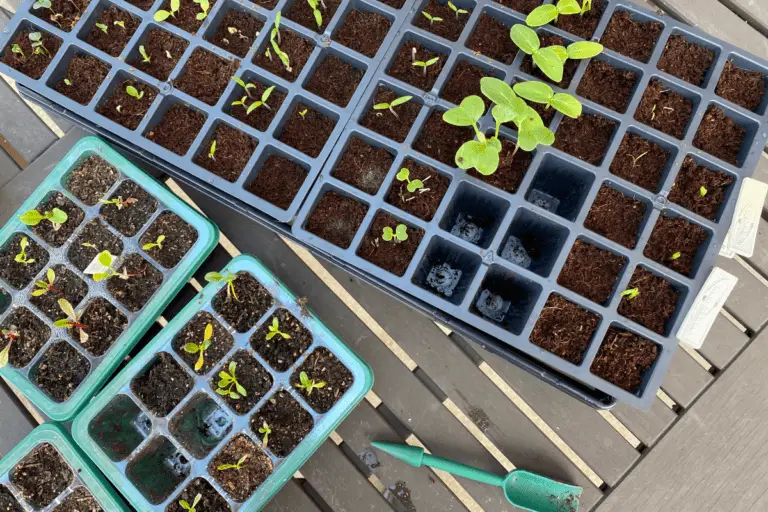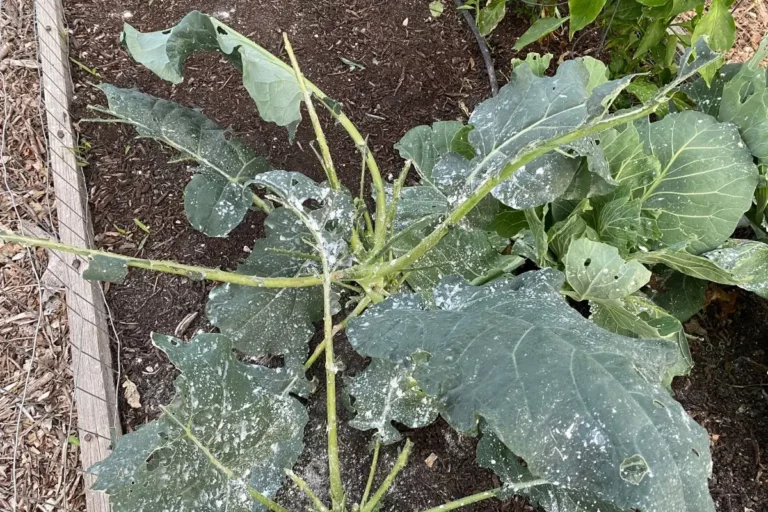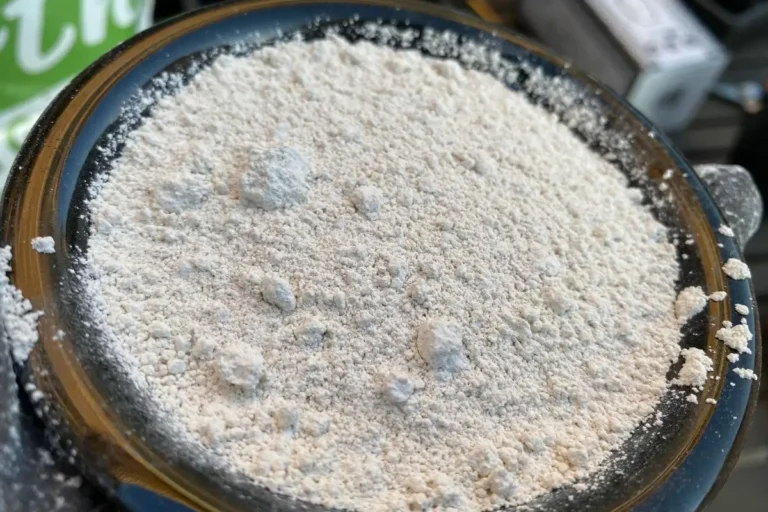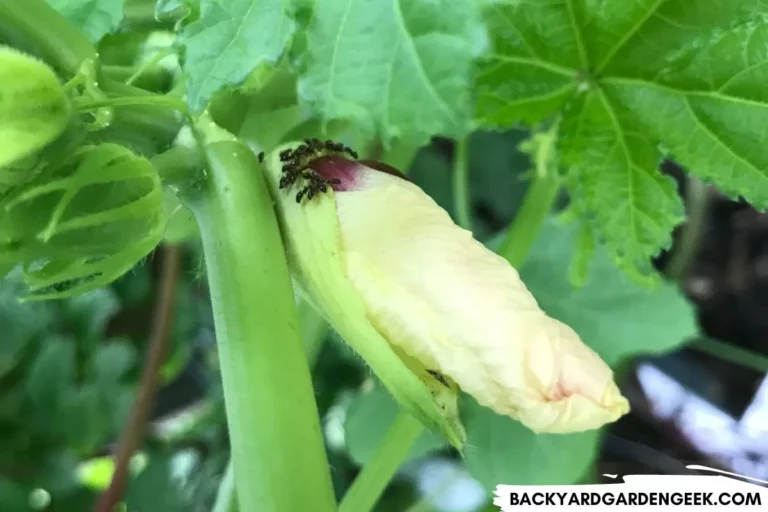Neem Oil Plant Burn: Why It Happens + How to Avoid It
Over the past few years, I’ve come to love neem oil. It’s derived from neem trees (Azadirachta indica), which are native to Africa and Southeast Asia, and it contains a natural chemical compound called azadirachtin that wreaks havoc on over 200 destructive bugs.
When bugs pierce or munch on plant foliage that’s been coated in neem oil, they ingest trace amounts of azadirachtin, which impact their ability to feed, grow, molt, and reproduce.
Unfortunately, if applied incorrectly, neem oil will also wreak havoc on your plants. But why does neem oil burn plants? What exactly causes this to happen?
Neem oil works by coating plants in a layer of oily residue that bugs ingest when they attack plant foliage. But if applied during the hottest times of the day–or even during the morning hours on sunny, warm days–neem oil won’t have time to dry before the sun heats the oil and burns the plant.
Moreover, if your neem oil spray contains too high a concentration of neem oil, or if you spray too often, you can also damage plants by choking off their respiratory abilities, which can lead to decreased oxygen intake and photosynthetic problems.
To keep your plants as healthy as possible, let’s take a close look at why neem oil damage happens, what you can do to avoid it, and what you’ll need to keep in mind as you make and spray neem oil on your plants.
But before we do, if you’re going to follow the suggestions I provide in this article, you’re going to need 3 products: 1) neem oil concentrate, 2) a soapy emulsifier, and 3) a garden sprayer.
You can buy pre-mixed neem oil sprays–and they’ll generally work well–but I don’t recommend doing so unless you’re incredibly tight on time these days. You’ll save a ton of money if you spend 5 minutes mixing your own spray using my recommended neem oil recipe.
Will Neem Oil Harm Plants?
To understand why neem oil can burn and damage your plants, let’s take a quick moment to look at what destructive bugs do to plants and how neem oil works.
Destructive garden pests tend to damage plants in 3 different, and sometimes overlapping, ways:
- They chew on plant foliage.
- They pierce leaves and suck out plant nutrients.
- They spread disease through the exchange of bodily fluids.
As anyone who’s ever had a garden knows, there are certain bugs that rip through plants (such as armyworms, cabbage looper larvae, flea beetles, and hornworms) while other bugs siphon off vital nutrients (such as aphids, spider mites, and whiteflies).
Neem oil sprays can kill some soft-bodied bugs on contact, mostly because, when mixed with water and liquid soap, they work like oily, soap water sprays in that they coat bugs in oily soap and thus inhibit their ability to breathe.
But this isn’t how neem oil gets rid of most bugs. Instead of killing bugs on contact, neem oil coats plant foliage in a very thin, oily film that’s imperceptible to human eyes once it’s had time to dry. As soon as insects begin munching on or piercing your plants, they unwittingly ingest trace amounts of neem oil and thus circulate azadirachtin throughout their bodies, which causes all kinds of cellular damage and thus kills many different kinds of bugs.
This is also why neem oil won’t kill ladybugs, earthworms, and beneficial pollinators: They don’t chew on plant foliage, so they won’t ingest any neem oil.
So far, so good, right?
Well, here’s where we get some complications because if you’re not careful, the same thin, oily film that harms pests might also harm your plants.
Here’s what can happen if you’re not careful with your neem oil sprays:
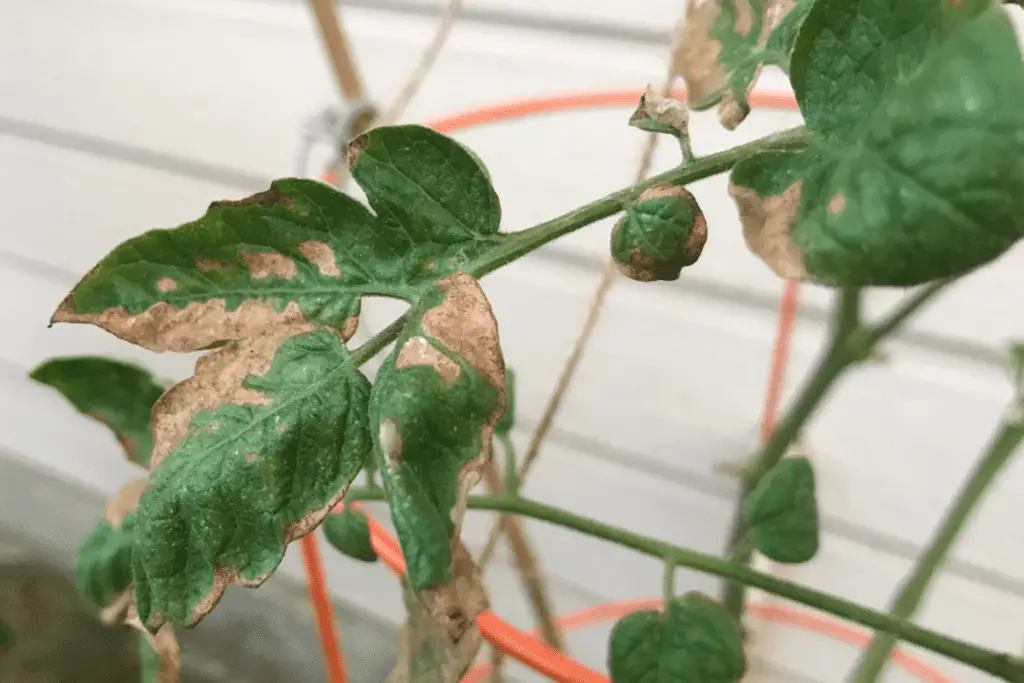
Hot Days
If applied on hot days–and especially if it’s applied during the hottest parts of the morning and afternoon–neem oil will literally cook your leaves since the heat from the sun will increase the surface temperature of the oil.
This will not only cause potential leaf burn. You can even kill a plant this way if you cover it in neem oil on a particularly hot, sunny day.
Warm Days
If applied on warm days–even if it’s applied in the early morning hours–neem oil can still burn plant foliage. The burns won’t be as extensive as they would be on hotter, sunnier days, but you’ll see damaged foliage as a result.
I think it’d be pretty difficult to kill your plant on days like this, but it’s best not to chance it!
Too Often
If applied too often, neem oil can literally choke plants because plants breathe by pulling in oxygen from the atmosphere through countless tiny openings on their leaves called stomata (more on that below). When you spray a plant with neem oil, you temporarily cover those openings.
But neem oil will soon dry out–and it’ll degrade over the course of a week–so any stomata blockages will be temporary and won’t hurt your plants.
However, if you spray neem oil once every day or two–instead of once every 4-7 days, depending on the severity of the infestation–you’re going to cause problems for your plants…and likely for your beneficial insects as well.
Incorrect Concentration
Here’s one more way that you can damage or burn your plants: Applying a too-high concentration of neem oil.
I always recommend following the mixing directions on any new bottle of neem oil concentrate, but as a general rule, I follow this recipe whenever I’m using my 1-gallon garden sprayer:
- 1 gallon of water
- 1 tablespoon of liquid soap
- 2 tablespoons of neem oil concentrate
I use a cheap plastic tablespoon that I picked up at a dollar store once upon a time because, when it comes to neem oil, I don’t recommend guestimations.
You can buy cheap measuring spoon sets for $3-$6 just about anywhere. I find it handy to leave the set in my garage, where it’s easy to use whenever I need to measure anything.
Here’s an example: Let’s say you’re off in your estimation as you’re pouring, and you accidentally mix 5 tablespoons into a gallon of water. You’ve not only wasted neem oil. You’ve also potentially created a neem oil spray that’s too highly concentrated and thus liable to damage your plants.
Simply use a tablespoon measuring cup each time, and you’ll never make these accidental mistakes.
One additional note: Although I don’t typically recommend rinsing neem oil off of your plants, there are times when you might consider doing so. There are important things to consider if you decide to wash off the neem oil, but if you think you’ve messed up your recipe–and especially if you’ve sprayed your plants with neem oil during the heat of the day or used too much neem oil at any given time–you should wash the neem oil off as soon as possible.
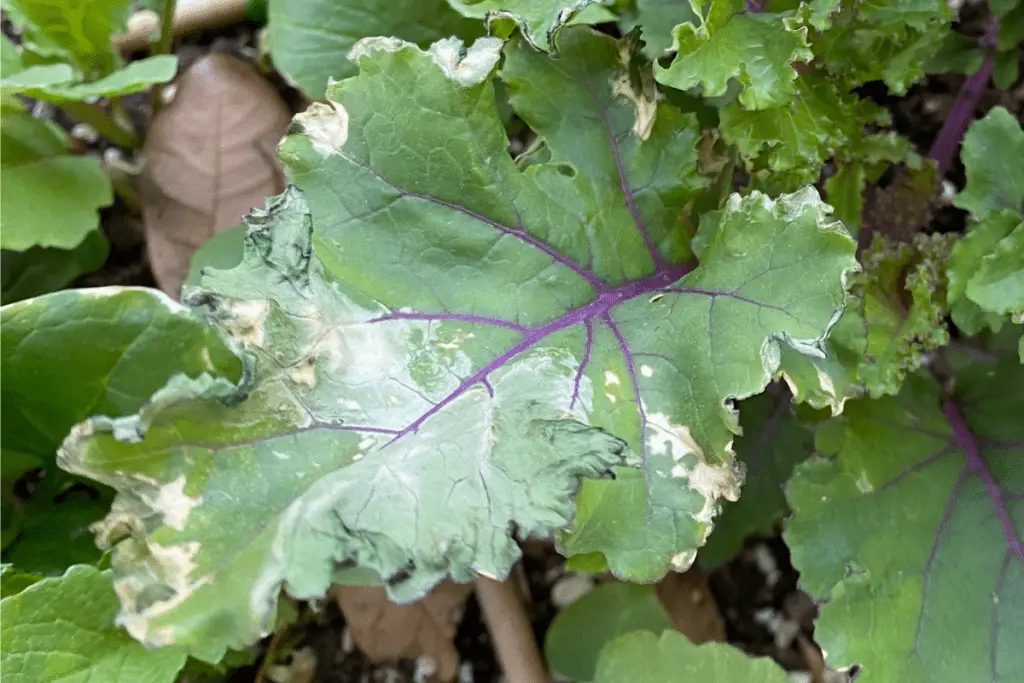
If you think your neem oil might not be working, please remember that it takes neem oil up to a week to kill most bugs, so give it time. And if you’ve been storing your neem oil outside, you might need to purchase a new bottle. Neem oil will last at least a year if stored in a climate-controlled area, but when it’s exposed to hot and cold temperatures, it won’t last nearly as long.
Using Neem Oil Properly: Avoid Burns and Keep Plants Healthy
If you want to reap the full benefits of neem oil while also avoiding any chance of damaging or burning your plants, take a look at these recommended practices for mixing, spraying, and storing neem oil.
1. Follow the Instructions on the Bottle
Neem oil is a safe spray to use on fruits and vegetables, but as with any chemical sprays–even natural, organic ones like neem oil–I recommend following the manufacturer’s recommendations exactly as they’re written.
In fact, here’s what I do to avoid having to read and reread those directions every time I want to use a spray. I take a black sharpie and I write, on the side of the bottle, how much of it I need to add to a gallon of water.

No more reading the label because I’ve got the directions clearly printed right on the side of the container. It’s as easy as that!
2. Take Care Mixing Your Ingredients
I don’t want to imply that adding even a tiny bit of additional neem oil to a spray is going to damage your plants. Because it’s not.
But I think it’s best to follow a neem oil recipe as closely as possible. Don’t just pour ingredients into a bottle and hope for the best. Purchase a cheap set of measuring spoons from a dollar store or from an online retailer and take an extra minute or two to mix the appropriate amount of neem oil and liquid soap in your sprayer.
It’s easy to get sloppy at this step, especially if it’s late in the day and you’re tired, but take the time to get it right. Your plants will thank you.
3. Spray When the Sun Starts to Set
I’ve seen plenty of bloggers who casually suggest that using neem oil in the mornings is fine, but I completely disagree because I’ve done it and have seen the results.
I once sprayed my tomatoes at 6:00 AM, right as the sun was rising, but the day was hot, and things heated up pretty quickly. Even though the neem oil was dry within a few hours, the sun had had time to rise and warm things up, and I noticed in the days that followed that my tomato plants had burns here and there across the plants.
For this reason, I think it’s best to play it as safe as possible.
You should wait until the sun has started to set to spray neem oil on your plants. That way, you have 100% visibility, but it’s as late in the day as possible, which vastly decreases the chances that your plants will get burned by the oil.
In fact, I’ve never burned one of my plants when applying neem oil at sunset.
4. Don’t Spray Neem Oil on Delicate Plants and Herbs
You can spray neem oil on many plants, and you don’t have to worry about damaging the foliage as long as you spray later in the day. In fact, neem oil is one of my favorite sprays for tomato plants when they’re inevitably attacked by spider mites each year.
But there are some plants that can be more susceptible to oily burns, especially plants with wispy, fragile foliage.
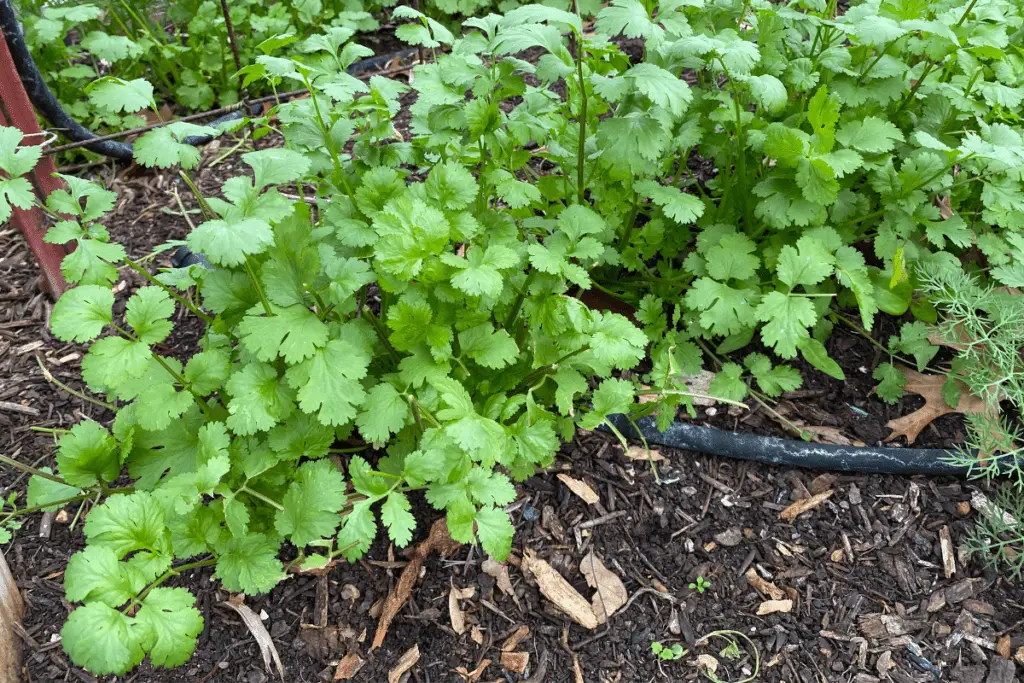
For these plants–and generally speaking, for most plants in my herb bed–I prefer to use a good insecticidal soap spray instead of neem oil. It tends to work just fine, and I don’t have to worry about burning the wispier plants in my garden.
5. Give Neem Oil Time to Work
A common mistake that new gardeners make is to apply neem oil, then get frustrated when they don’t see any improvements in 1-2 days and decide to apply it again.
Neem oil generally takes 4-7 days to work since it takes time for the azadirachtin to begin causing cellular damage inside insects’ bodies.
But if you grow impatient and spray neem oil again in too short an interval, you can coat your plants in too much oil and thus unwittingly damage them, choking off their ability to exchange gasses.
If you feel like you need to get very aggressive with your bug problems, follow this treatment method, which involves using both neem oil and insecticidal soap sprays in tandem for several weeks in a row. Otherwise, just apply neem oil once every 4-7 days until you start to see some improvement.
Can You Spray Too Much Neem Oil on Plants?
It’s commonly known that plants will absorb carbon dioxide and expel oxygen through the normal workings of photosynthesis, but plants also need oxygen to produce energy, which means that plants must be able to take in and get rid of oxygen in order to remain healthy.
To do so, plants have microscopic openings on their leaves called stomata, and these tiny pores allow plants to breathe and thus intake oxygen. Some plants also have openings on their trunks and branches called lenticels, which further aid in the distribution of oxygen throughout the plant.
To be clear, spraying your plants with neem oil will not clog up their stomata to the point of damaging them. Neem oil dries quickly and degrades over the course of 4-7 days once it’s been applied, so you don’t have to worry about harming your plants with a single spray.
What you should instead be worried about is either a) overusing neem oil or b) using a spray that’s too highly concentrated.
Both instances could result in plant damage due to the possibility of coating the plant’s foliage in oily residue either too often or too thoroughly.
To avoid this, follow the suggestions noted above and ensure that your neem oil is mixed and sprayed in ways that won’t damage or burn your plants.
Further Reading
If you’re interested in learning more about the ins and outs of neem oil and pest control, I recommend checking out these articles:

